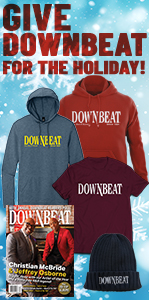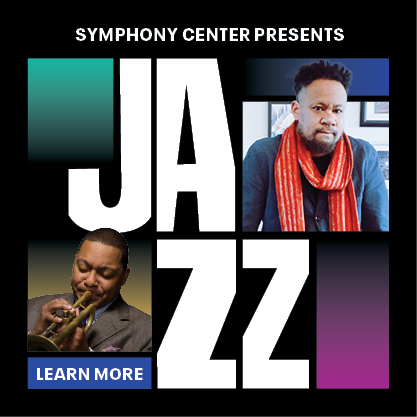Oct 28, 2025 10:47 AM
In Memoriam: Jack DeJohnette, 1942–2025
Jack DeJohnette, a bold and resourceful drummer and NEA Jazz Master who forged a unique vocabulary on the kit over his…

“As much as I may want to get away from the legacy of The Meters, it’s such a fundamental part of my musical upbringing that I’ll always have that,” says George Porter Jr.
(Photo: Steve Rapport)Any discussion of the origins of funk music would necessarily begin with James Brown but must also include The Meters, the instrumental group that put a decidedly New Orleans spin on the genre in the late ’60s and early ’70s. The loose-tight, syncopated connection that bassist George Porter Jr. had with drummer Joseph “Zigaboo” Modeliste — in combination with keyboardist Art Neville and guitarist Leo Nocentelli — on such infectious, oft-covered funk anthems as “Cissy Strut,” “Chicken Strut,” “Look-Ka Py Py” and “Funky Miracle” set the template for countless funk bands that followed. And while the original group disbanded in 1978, they did manage to have a few reunion gigs over the years at the New Orleans Jazz & Heritage Festival and for other special occasions.
Porter would later front a new lineup dubbed The Funky Meters before forming his Runnin’ Partner band in 1990, subsequently touring in support of their self-titled Rounder Records release that year. Originally a seven-piece horn band, with numerous live recordings to its credit over the past three decades, the band has recently been pared down to a quartet with keyboardist Michael Lemmler, guitarist Chris Adkins and drummer Terrence Houston. And the official name of the group has shifted to George Porter Jr. & Runnin’ Pardners for their recent release, Porter’s Pocket (on the Denver-based funk-centric label Color Red).
This strictly instrumental album harkens back to classic Meters fare, particularly on tunes like the funky opener, “Buttermilk,” the Booker T. & The MG’s-ish “Don Julio Rides Again,” the New Orleans second-line flavored “See Me? See Me? See Me?” and the album’s single, “Tito’s Dumpling Machine,” which conjures up memories of “Cissy Strut” and “Funky Miracle” from The Meters’ 1969 self-titled debut. But this is a more versatile outfit, capable of segueing from chugging funk to breakneck uptempo swing mode behind Lemmler’s B-3 organ solo on “Buttermilk” or behind his piano solo on “Proteins & Carbohydrates,” with guitarist Adkins morphing from Grant Green to Eric Gale mode on his own solos.
Elsewhere on the eclectic Porter’s Pocket, they deliver an authentic reggae one-drop riddim on “Sauce On The Side,” delve into Sly Stone Fresh territory on “Gangs In Alamosa” and touch on cinematic music on the atmospheric “Latenighter,” a moody number with some allusions to Ennio Morricone’s soundtracks to Sergio Leone’s spaghetti westerns of the ’60s. Said Porter, “That’s one where when we were hearing it back in the studio, I said, ‘Man, this sounds like a track that can go really well in a low-budget exploitation movie.’”
Porter explained the evolution of the reggae feel on “Sauce On The Side.” “In my live gigs, we started doing a Johnny Adams song called ‘Body And Fender Man’ with a reggae feeling. And the groove was so good I thought, ‘Man, we just can’t let this groove go to waste on a song that we have no rights to.’ So we added a few more chord movements to the feel, and that’s what it turned out to be. We turned it in from a 16-bar blues to a 24-bar blues.”
“The original idea when we went into the studio was to record a jazz record,” said the 77-year-old bassist-bandleader, who continues to front the Runnin’ Pardners in their weekly Monday night appearances at the Maple Leaf Bar in Uptown New Orleans. “But it just didn’t work out to be a really outright jazz record. You know, it got more funky than jazzy in the end, even though there’s a couple of tracks where we also did the swing thing in the middle of the solos. We do more of that kind of thing on live gigs. And because Terence Houston is such a wonderful drummer, he can swing anything.”
Porter, who has also played on 18 of the 21 Caribbean Jam Cruises since its inaugural journey in 2004, added that none of the songs for Porter’s Pocket came into the studio as finished pieces. “Chris brought in a couple of licks that we developed into songs in the studio. For instance, he came up with a lick for ‘Tito’s Dumpling Machine,’ but he was hearing it on ‘1,’ and I heard it on the ‘and.’ So that song got transformed from being on the downbeat of 1 to the ‘and’ before 2. You know, it’s a New Orleans thing. The Meters did that forever, man.”
Porter explained that he developed his signature push-and-pull groove with Zig Modeliste quite organically back in the day. “Zig and I created the bottom that everything else grew on, where you come in can change the whole concept of where one is. And it was all intuitive. We definitely didn’t write out charts or anything like that.”
Initially, when he was doing a residency at The Ivanhoe on Bourbon Street with Art Neville and the Neville Sounds, a group that would later become The Meters in 1965, Porter was playing a Melody Plus bass, which was a Japanese copy of a Höfner bass. Ten months into that gig there, the Melody Plus slipped off a chair at the club one night and broke. He quickly replaced it with a new Gibson EB-2 semi-hollowbody bass, which he ended up using on The Meters’ first record, released in May of 1969. For their second album, Look-Ka Py Py, released in December of that year, Porter played a Fender Telecaster bass. By 1970, for Cabbage Alley, he switched to a Fender Precision, which remained his bass of choice for the next three decades. He currently plays a Lākland Bob Glaub 44-64 Classic Precision modeled after his old Fender Precision bass. As for strings, he prefers old and dull to new and bright. As he said, “My strings leave the bass when they break. I would never, ever play a bass that has all brand-new strings on it. If I have to change all four of my strings, the bass is gonna sit around a while before I play on it.”
Porter has always prided himself in utilizing up and down strokes with his thumb, à la Wes Montgomery. These days, particularly with Grateful Dead offshoot bands like The Mickey Hart Band and 7 Walkers, led by Dead drummer Bill Kreutzmann, he relies on a two-fingers-and-thumb approach, which harkens back to a discipline from his youth. As he explained, “For those bands I had to start playing triplets and these 16th-note things, and I didn’t want to play with a pick, which is how most guys played those Dead songs. So I got my right hand together. I basically went back to the school, because when I was an acoustic guitar player, from ages 8 to 12, I played the classical formula with my first two fingers after my thumb. So I’ve always had that in me, and I just started working out that technique again, just getting my fingers to play 16th notes better. So I’ve been using my fingers a little bit more lately, but my thumb is still a very important part of my whole approach.”
But don’t ask him about using his thumb for slap bass. “My slapping on record is all of maybe 40 seconds. It’s just not my thing,” he said.
Whatever technique he applies to the strings, Porter remains the rock-solid groovemeister on any bandstand. “From where I sit at in the chair, my job as a bass player is to coincide with the drums, and at the same time stay away from the drums’ backbeat,” he said. “Give that backbeat as much space as it can get. So I try very hard not to put a note on that backbeat. That was one of the things that worked really well with The Meters. And as much as I may want to get away from the legacy of The Meters, it’s such a fundamental part of my musical upbringing that I’ll always have that.”
He added, “The key to what we were doing in The Meters and what we continue to do with Runnin’ Pardners is syncopation. To me, syncopation is like jazz. It wasn’t meant for the masses. It was meant for just a hip few.” DB
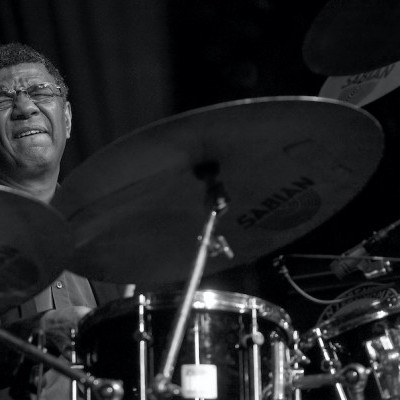
Jack DeJohnette boasted a musical resume that was as long as it was fearsome.
Oct 28, 2025 10:47 AM
Jack DeJohnette, a bold and resourceful drummer and NEA Jazz Master who forged a unique vocabulary on the kit over his…
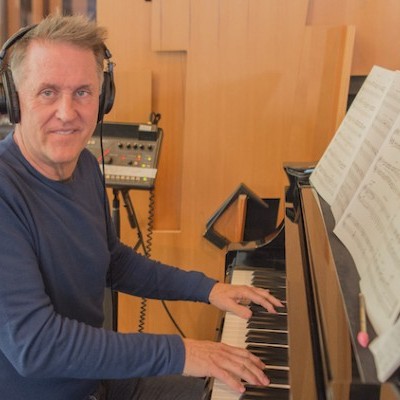
Goodwin was one of the most acclaimed, successful and influential jazz musicians of his generation.
Dec 9, 2025 12:28 PM
Gordon Goodwin, an award-winning saxophonist, pianist, bandleader, composer and arranger, died Dec. 8 in Los Angeles.…
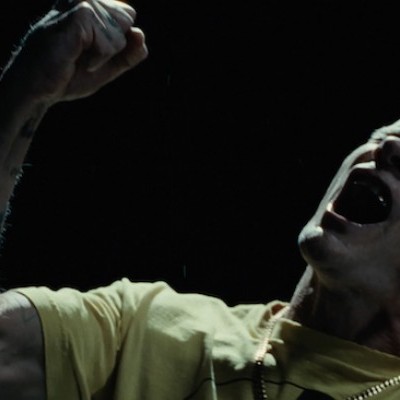
Flea has returned to his first instrument — the trumpet — and assembled a dream band of jazz musicians to record a new album.
Dec 2, 2025 2:01 AM
After a nearly five-decade career as one of his generation’s defining rock bassists, Flea has returned to his first…
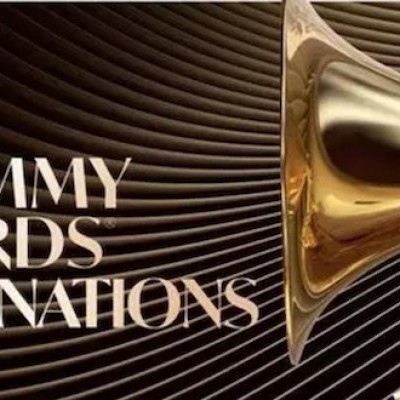
To see the complete list of nominations for the 2026 Grammy Awards, go to grammy.com.
Nov 11, 2025 12:35 PM
The nominations for the 2026 Grammy Awards are in, with plenty to smile about for the worlds of jazz, blues and beyond.…
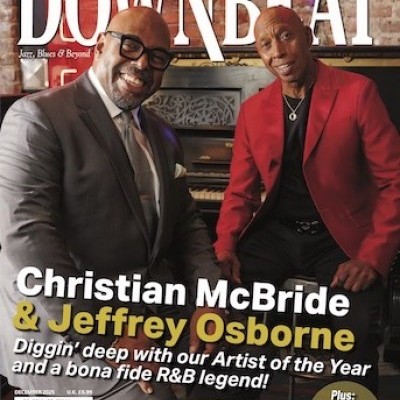
Nov 13, 2025 10:00 AM
For results of DownBeat’s 90th Annual Readers Poll, complete with feature articles from our December 2025 issue,…
